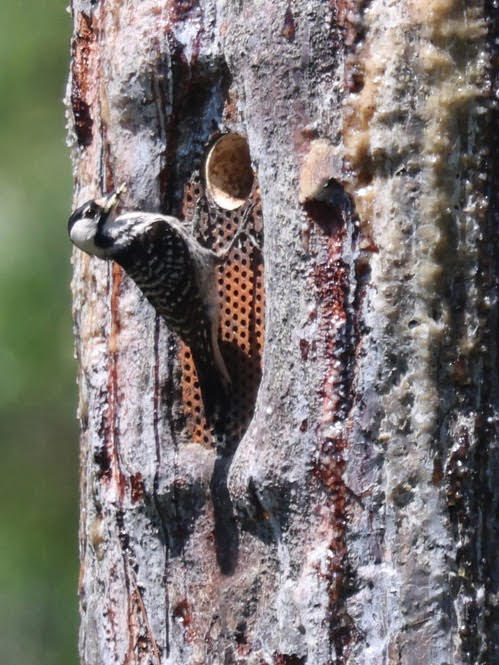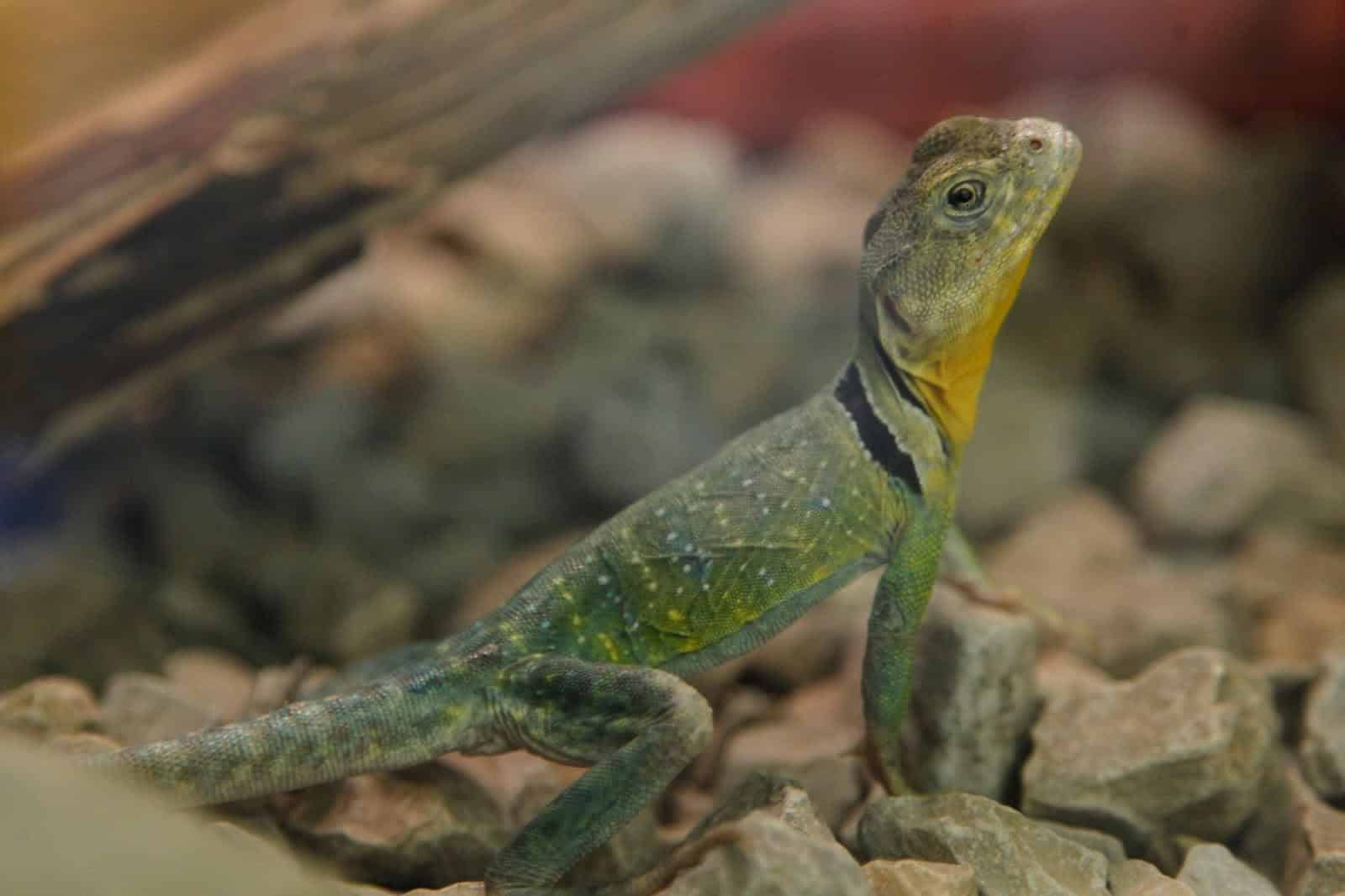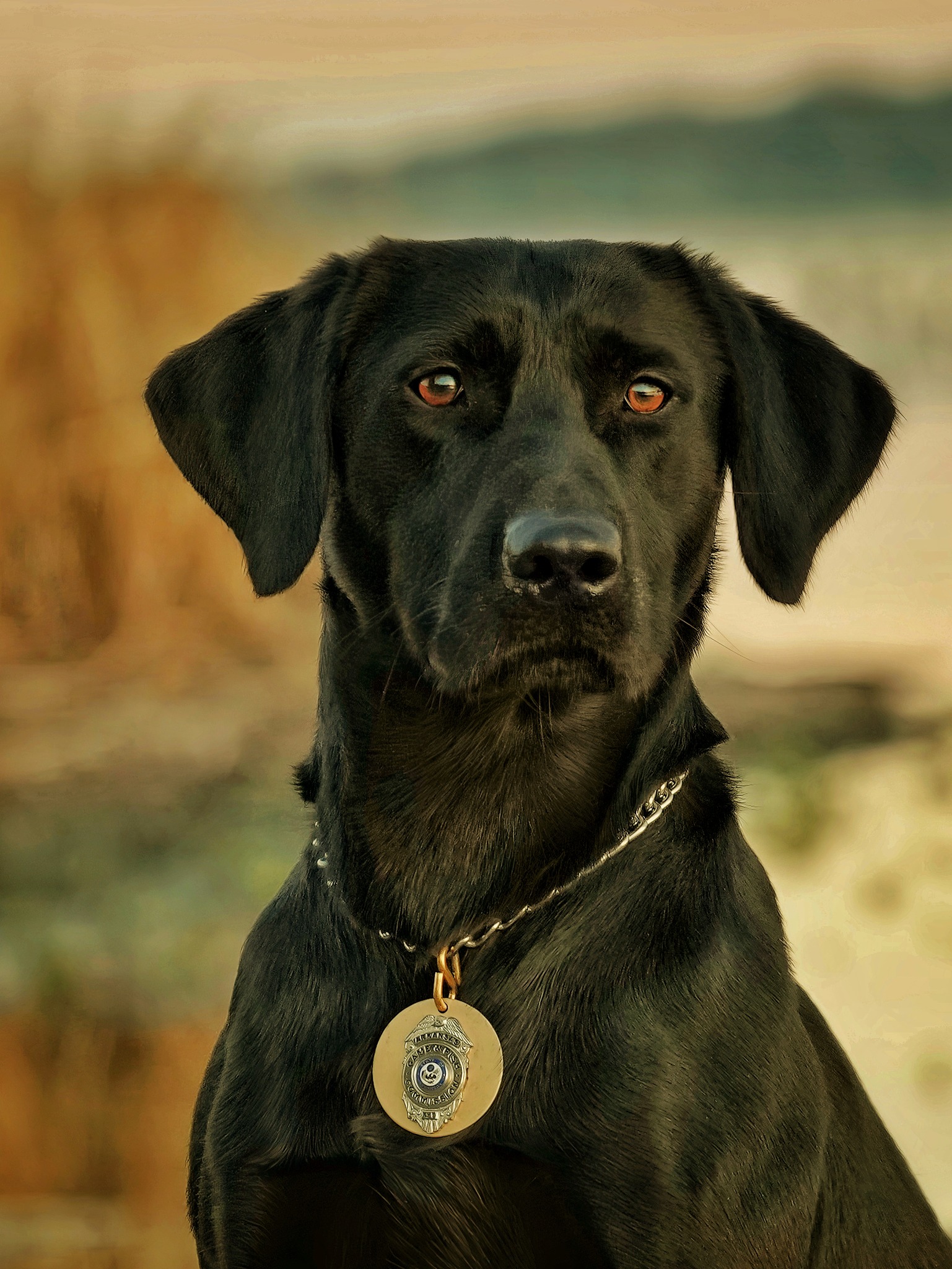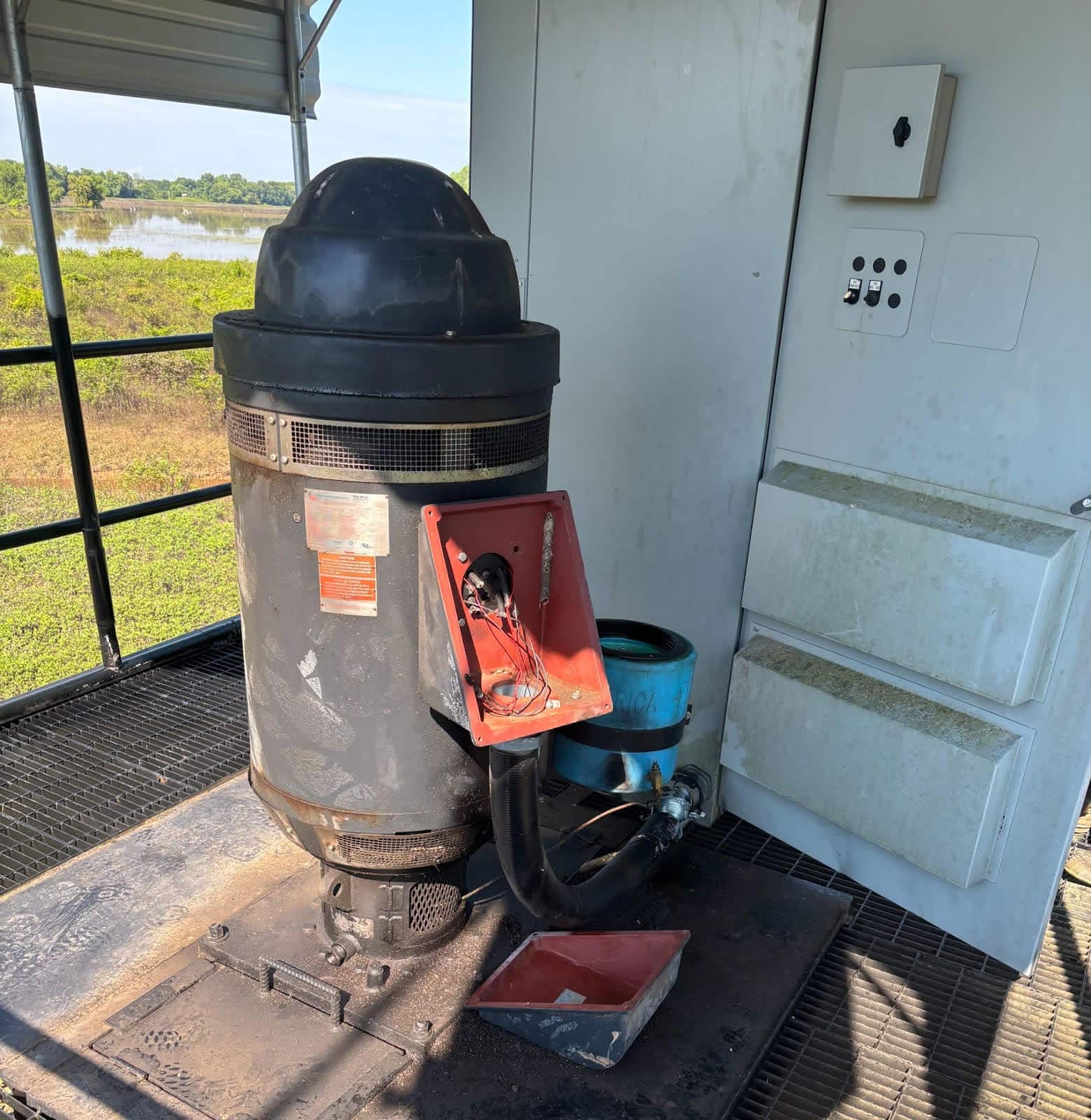Arkansas Wildlife Action Plan available for public comment
ON 08-05-2025

LITTLE ROCK — The Arkansas Game and Fish Commission and its conservation partners have completed initial revisions to the Arkansas Wildlife Action Plan, the guiding document for conserving Arkansas’s most at-risk species and their habitats in The Natural State. As part of the revision process, the AGFC is asking for public comments on the plan, which is available to view at www.agfc.com/awap.
This is the second revision of AWAP, which was initially developed in 2005 and approved by the U.S. Fish and Wildlife Service in 2007. The plan is a blueprint to conserve the state’s diverse fish, wildlife and habitats. Instead of waiting for species populations to decline to threatened or endangered levels, the plan identifies those species with the most need for conservation work (Species of Greatest Conservation Need).
“Once a species becomes listed as threatened or endangered, it can be much more difficult to work on the habitats that support them, even if it’s to improve that habitat,” Allison Fowler, assistant chief of wildlife management for the Arkansas Game and Fish Commission, said. “By identifying possible candidates for conservation needs, we’re proactively helping those species before they reach those levels that cause alarm.”
Nick Goforth, AGFC Wildlife Diversity Program coordinator, said previous versions of AWAP guided the AGFC in initiatives such as grassland restoration, which benefits a host of songbirds as well as wild turkey and northern bobwhite as well as the multi-agency effort to restore glade habitats and eastern collared lizard populations in portions of western Arkansas.

“Wildlife habitat improvement at Warren Prairie to benefit the reintroduced population of red-cockaded woodpeckers is another example of how conservation efforts from the [Arkansas Wildlife Action Plan] benefit multiple species, including game species, not only the targeted one,” Goforth said. “We’re also conducting a statewide survey of bees to determine the many native species we have in the state and their distributions. When people think of bees, they normally envision the non-native honeybee, but the Arkansas Natural Heritage Commission estimates Arkansas is home to more than 400 species of bees, all of which are important pollinators for native and commercial plant species.”
The latest revision is much more than an update; it includes elements never seen before, according to Goforth. The AWAP team updated the list of Species of Greatest Conservation Need to include 520 species, and they included plant species in the list.
“We streamlined the profiles for each species listed to include habitat associations, threats, conservation actions, distribution and data gaps,” Goforth said. “We also adopted a more descriptive, tier-based, priority system to offer a more standardized approach than the previous score-based system.”
Among the many improvements to this year’s plan is the size; the writing team worked to reduce the plan from its 1,600-plus page count while retaining the critical information needed for each SGCN profile.
“We’ve included a highlights document on agfc.com/awap to help cover some of the many revisions that have been made since the last publication,” Goforth said. “The plan also has a healthy index to guide readers to the portions of the plan they’re most interested in. The real meat of the plan is in the species and habitat profiles in the appendices, and the index will help guide you through that efficiently.”
Public comments on the plan will be collected through a survey on the site through Sept. 3. The final version of the plan will be submitted to the USFWS later this year for approval.
Visit www.agfc.com/awap to learn more.
####
CUTLINES:
WOODPECKER
The red-cockaded woodpecker is one species that has benefited greatly from recovery efforts, including artificial nest cavities at Warren Prairie Natural Area WMA outlined in the Arkansas Wildlife Action Plan. AGFC photo by Mike Wintroath.
LIZARD
Glade habitat restoration efforts from the Arkansas Wildlife Action Plan have helped eastern collared lizard reintroductions in western Arkansas. AGFC photo by Mike Wintroath.
Recent News
Subscribe to Our Weekly Newsletter E-mails
Don’t miss another issue. Sign up now to receive the AGFC Wildlife Weekly Newsletter in your mailbox every Wednesday afternoon (Waterfowl Reports are published weekly during waterfowl season and periodically outside the season). Fishing Reports arrive on Thursdays. Fill in the following fields and hit submit. Thanks, and welcome!


